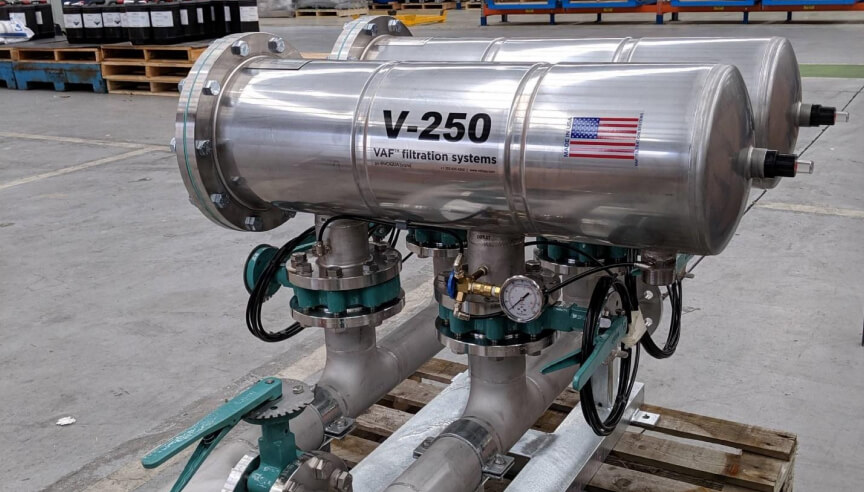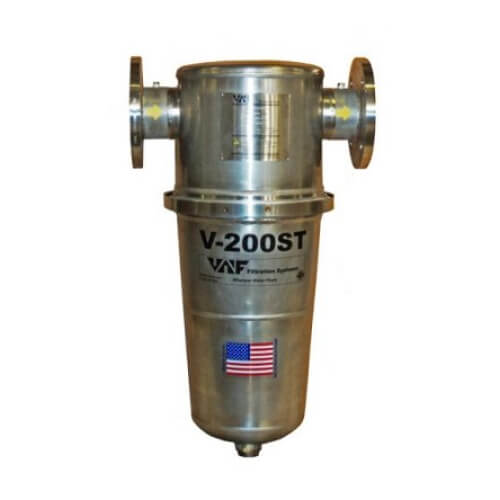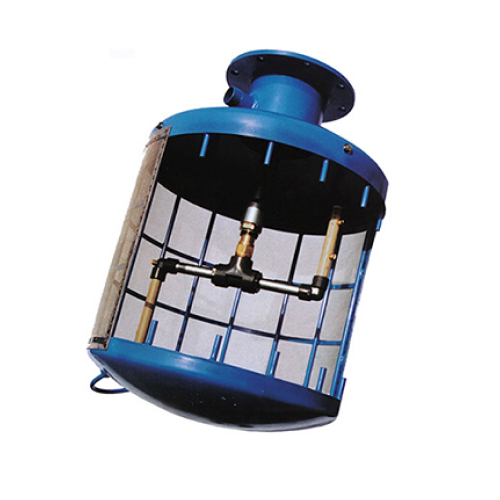Recent Posts
Self-Flushing Strainers vs. Cartridge Filters

Self-flushing strainers utilize a mesh or screen to capture contaminants from liquids. What sets them apart is their ability to automatically clear accumulated debris through flushing cycles triggered by preset conditions like pressure differentials or elapsed time. This automation ensures continuous filtration without the need for manual intervention.
Self-Flushing Strainers vs. Cartridge Filters: Unveiling Efficiency Advantages
In the realm of industrial filtration, the choice between self-flushing strainers and cartridge filters stands as a critical decision, determining the efficiency, reliability, and operational costs of filtration systems. While both serve the purpose of removing impurities, their mechanisms and functionalities differ significantly, leading to distinctive advantages. Let’s delve into the comparative advantages of self-flushing strainers over cartridge filters.
Understanding Self-Flushing Strainers and Cartridge Filters
- Self-Flushing Strainers
Self-flushing strainers utilize a mesh or screen to capture contaminants from liquids. What sets them apart is their ability to automatically clear accumulated debris through flushing cycles triggered by preset conditions like pressure differentials or elapsed time. This automation ensures continuous filtration without the need for manual intervention.
- Cartridge Filters
Cartridge filters rely on replaceable cartridges composed of porous materials such as paper, cloth, or synthetic fibers to trap impurities. Once saturated, these cartridges require manual replacement or cleaning, disrupting operations and potentially leading to downtime.
Efficiency Advantages of Self-Flushing Strainers
- Continuous Filtration
Self-flushing strainers excel in providing uninterrupted filtration. The automated flushing mechanism removes accumulated debris without interrupting the flow, ensuring a continuous and consistent filtration process. In contrast, cartridge filters need periodic replacement or cleaning, causing downtime.
- Reduced Maintenance and Downtime
The automation in self-flushing strainers significantly reduces maintenance requirements. With the ability to self-clean based on pre-set parameters, these systems minimize the need for manual intervention, allowing operations to run smoothly without frequent halts for maintenance.
- Cost-Effectiveness
While the initial investment for self-flushing strainers might be higher, their long-term cost-effectiveness becomes evident. The reduced need for replacement parts and manual labor, coupled with decreased downtime, leads to substantial cost savings over time compared to cartridge filters.
- Enhanced Filtration Capacity
Self-flushing strainers often boast larger filtration capacities compared to cartridge filters. Their design allows for higher flow rates and the ability to handle larger volumes of liquid, making them more suitable for industrial applications requiring substantial filtration.
Conclusion: Strainers as the Preferred Choice
The comparison between self-flushing strainers and cartridge filters reveals the superiority of self-flushing systems in terms of efficiency, cost-effectiveness, and continuous operation. Their automated cleaning, reduced maintenance requirements, and superior filtration capacity position them as the preferred choice for industries seeking reliable and efficient filtration solutions.
While cartridge filters have their place in specific applications, the transformative advantages offered by self-flushing strainers align seamlessly with the demands of modern industries, ensuring optimal performance and operational efficiency. As technology evolves, the preference for self-flushing strainers is poised to grow, redefining the standards for efficient and reliable industrial filtration systems.




